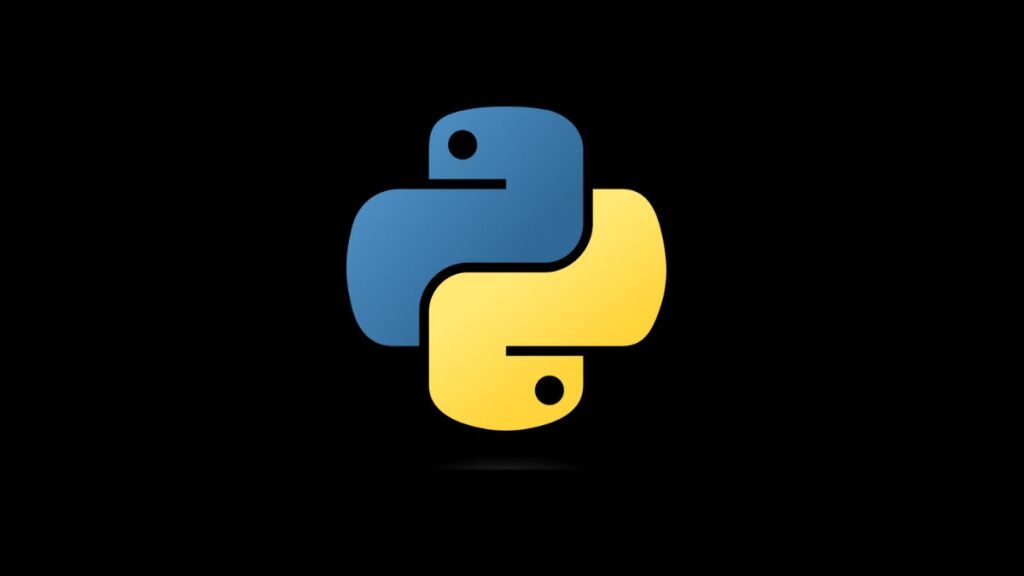Optional chaining is a programming pattern that allows developers to access deeply nested object properties without explicitly checking if each reference in the chain is None (or null in other languages). It’s a concise way to avoid NoneType errors when attempting to access or call methods on objects that might be None.
Despite Python’s lack of built-in optional chaining syntax, understanding how to safely navigate potentially None values in Python is crucial for writing robust, error-resistant code. This article explores techniques that approximate optional chaining in Python, improving code readability and safety when dealing with nested data structures or uncertain object states.
The Challenge of Nested None Checks
Consider a nested dictionary structure where some keys or values might not exist. Traditionally, accessing a deeply nested value requires multiple if checks to avoid TypeError exceptions:
person = {
'name': 'John Doe',
'contact': {
'email': '[email protected]',
'phone': None
}
}
# Attempting to access a deeply nested value
if person and person['contact'] and person['contact']['phone']:
print(person['contact']['phone'])
else:
print('Phone number not available')This pattern quickly becomes unwieldy with deeper nesting or more complex structures. It’s here that a form of optional chaining would be beneficial.
Emulating Optional Chaining in Python
Using the get Method for Dictionaries
Python dictionaries have a get method, which returns None (or a specified default value) if the key does not exist. This method can be chained to approximate optional chaining when dealing with dictionaries:
phone = person.get('contact', {}).get('phone', 'Phone number not available')
print(phone)While this approach is cleaner, it only works with dictionaries and requires a default {} for intermediate dictionaries that might be None.
The Walrus Operator in Python 3.8+
Python 3.8 introduced the walrus operator (:=), allowing for assignment expressions within an if statement. This feature can be creatively used to reduce the verbosity of None checks, although it’s not directly related to optional chaining:
if contact := person.get('contact'):
phone = contact.get('phone', 'Phone number not available')
print(phone)
else:
print('Contact info not available')Using Third-Party Libraries
Libraries like glom offer more powerful solutions for navigating complex data structures safely, similar in spirit to optional chaining:
from glom import glom, Coalesce
phone = glom(person, ('contact.phone', Coalesce(default='Phone number not available')))
print(phone)glom handles deeply nested structures and missing elements gracefully, offering a closer experience to true optional chaining.
Custom Utility Functions
For repetitive patterns, defining a custom utility function or using a helper library can encapsulate None checking logic:
def safe_chain(data, *keys, default=None):
for key in keys:
try:
data = data[key]
except (TypeError, KeyError):
return default
return data
phone = safe_chain(person, 'contact', 'phone', default='Phone number not available')
print(phone)This utility function offers a reusable pattern for safely navigating nested structures.
Conclusion
While Python does not currently offer built-in syntax for optional chaining as seen in some other languages, developers can employ several strategies to safely and concisely navigate potentially None values in nested data structures. Whether through the use of dictionary get methods, creative application of new language features like the walrus operator, leveraging third-party libraries, or implementing custom utility functions, Python developers have various tools at their disposal to write clean, robust code when dealing with uncertainty.
- Car Dealership Tycoon Codes: Free Cash for March 2024 - April 9, 2024
- World Solver - April 9, 2024
- Roblox Game Trello Board Links & Social Links (Discord, YT, Twitter (X)) - April 9, 2024

